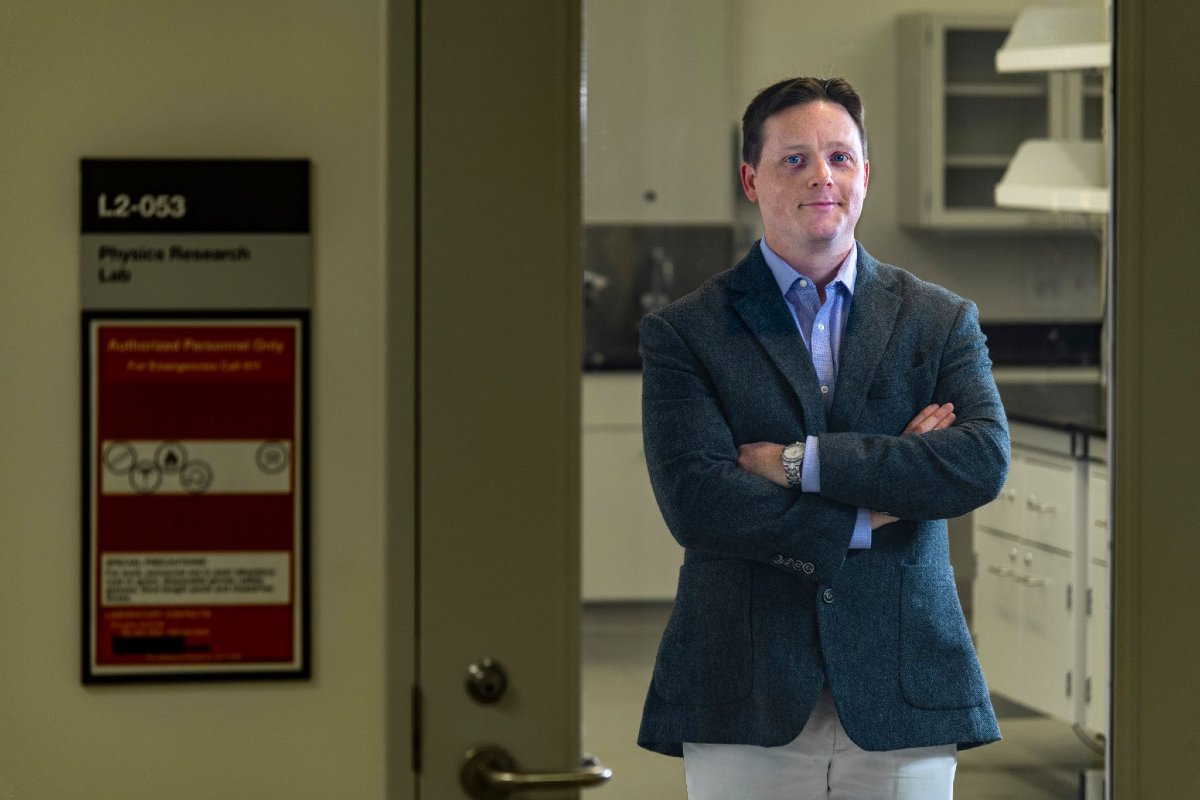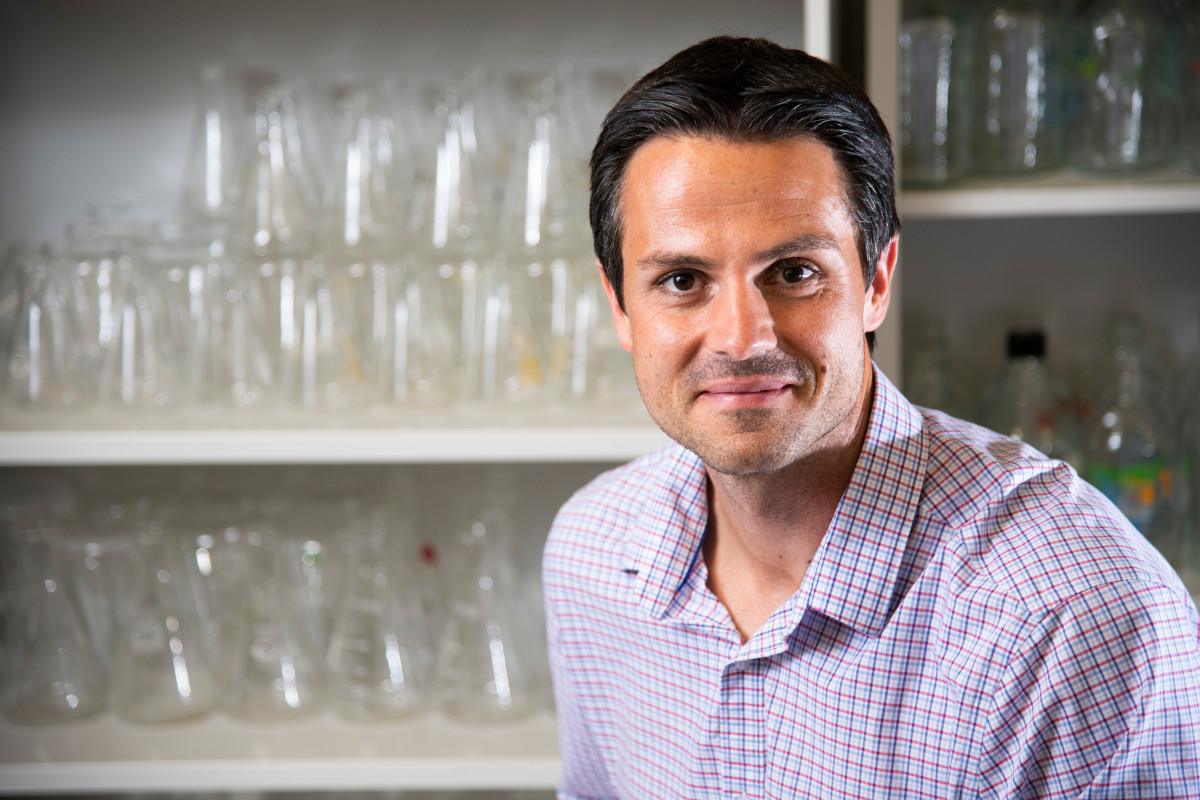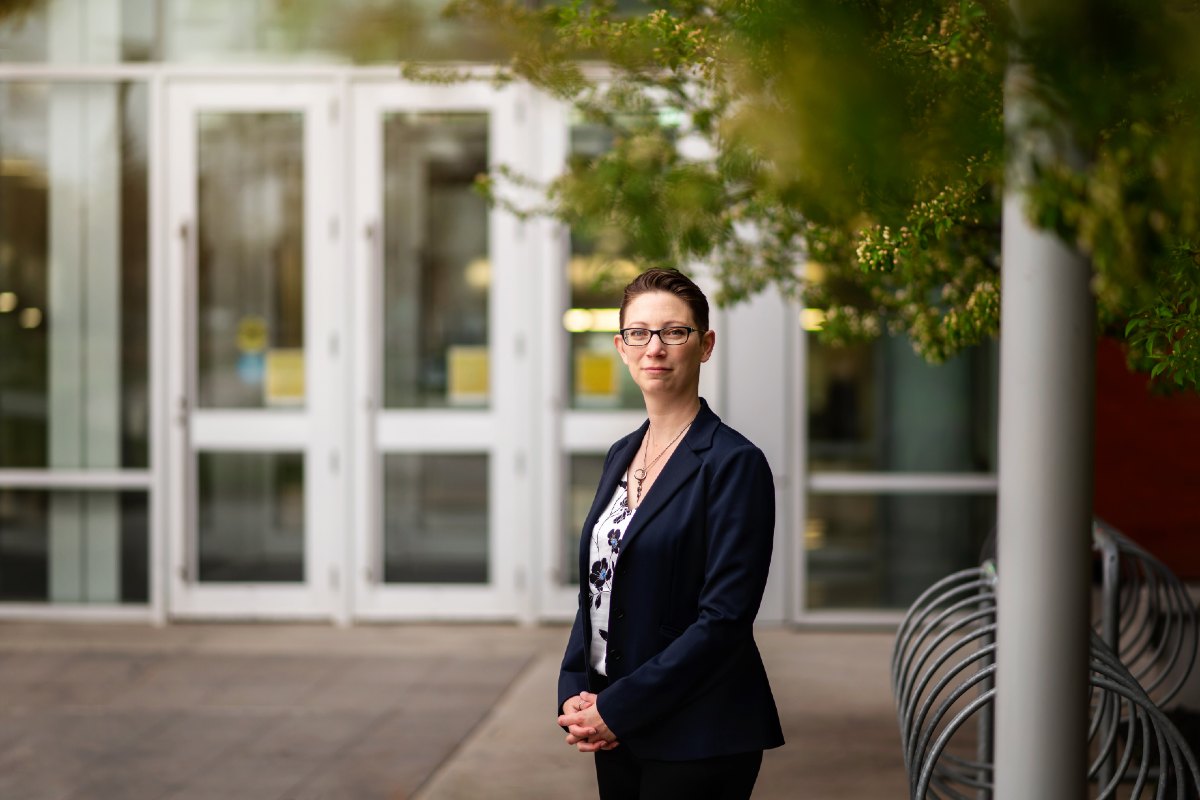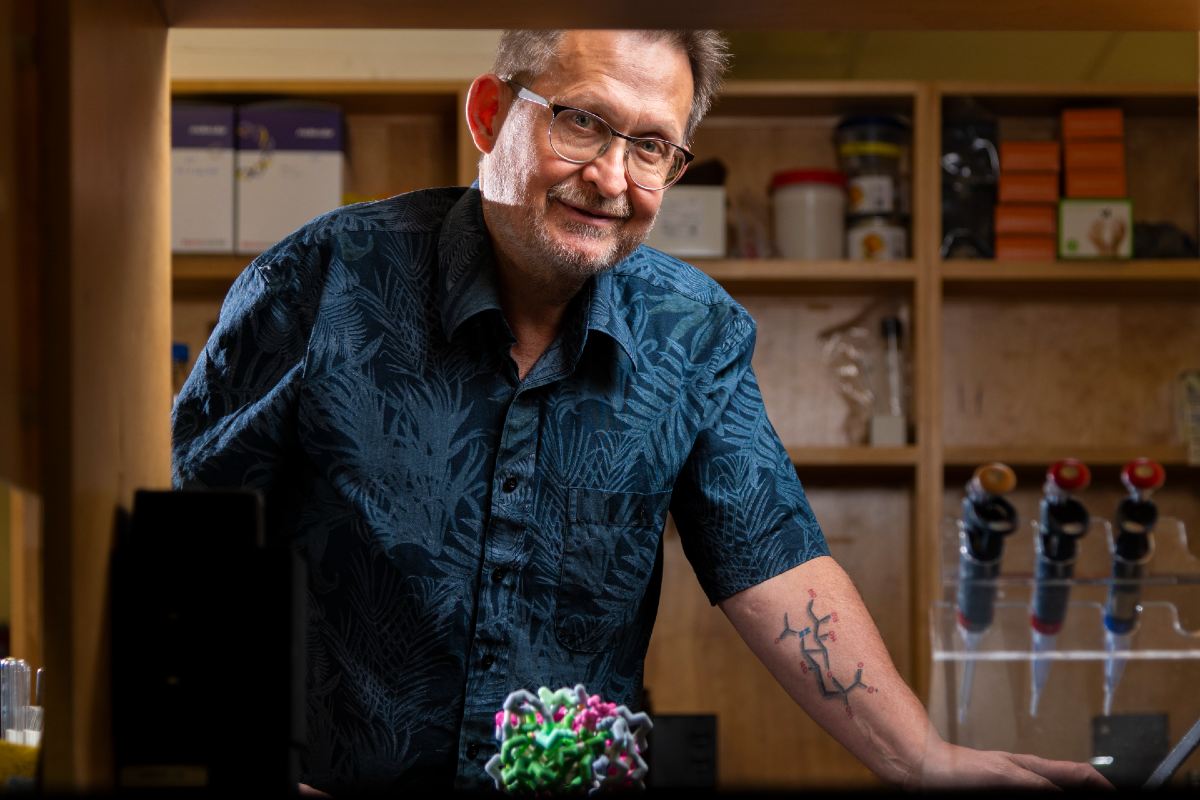Four Faculty of Science researchers receive funding for state-of-the-art research tools
Andrew Lyle - 11 August 2021
Four researchers in the University of Alberta Faculty of Science are newly-announced recipients of funding from the Canadian Foundation for Innovation John R. Evans Leaders Fund (JELF). The funding program will help support their research programs with new equipment and infrastructure, advancing the boundaries of their fields of research.
The four recipients of JELF funding in the Faculty of Science include:
- Daniel Charlebois, assistant professor in the Department of Physics
- Casey Fowler, assistant professor in the Department of Biological Sciences
- Warren Wakarchuk, professor in the Department of Biological Sciences
- Lisa Willis, assistant professor in the Department of Biological Sciences
Learn more about these Faculty of Science researchers and how the funding will support their research programs below.
Daniel Charlebois
What type of equipment/infrastructure will this new funding support?
This funding will be used to purchase equipment for my biosafety level 2 biophysics-microbiology laboratory. Specifically, I will be purchasing a world-class fully automated fluorescence imaging microscope, a tissue culture microscope, a multiplate reader, and a flow cytometer sampler.
How will these new tools support your work in pushing the boundaries of your field?
These new tools will allow my group of interdisciplinary researchers to develop novel computational models and genetically engineered yeast strains to study drug resistance and to use these cutting-edge quantitative model systems to identify new therapies against pathogens that are associated with high patient mortality rates.
More specifically, the fluorescence imaging microscope will enable us to obtain, in real-time, single-cell growth rate, morphological, and gene expression data. The compact tissue culture microscope will be placed inside of our biosafety cabinet to safely image drug-resistant pathogenic yeast cells. The multiplate reader will enable high-throughput experiments, namely, the simultaneous measurement of yeast population-level growth rates and gene expression across different concentrations and combinations of antimicrobial drugs. The flow cytometer sampler will automate the process of running each sample from the multiplate reader through our flow cytometer machine to obtain gene expression distributions.
The research involving this equipment is important as it is expected to lead to new antibiotic and antifungal drugs, as well as novel "resistance proof" treatment strategies to effectively treat patients with drug-resistant infections.
Why is this type of funding important?
The John R. Evans Leaders Fund is important to early career researchers like myself as it provides them with the infrastructure required to establish their laboratories and to become leaders in their field. This type of funding is also important to institutions as it allows them to recruit and support world-class researchers.
What makes the University of Alberta's Faculty of Science an excellent place to pursue this research?
The Faculty of Science at the University of Alberta is committed to expanding its capacity in the interdisciplinary field of biophysics. As of September 2020, we have two new biophysics courses, BIOPH 201 - Introduction to Biophysics offered in the fall term and BIOPH 401 and 501 - Advanced Biophysics offered in the winter term. These new courses will facilitate the training of undergraduate and graduate students for our biophysics research programs. In the Department of Physics, we now have four research groups engaged in biophysics research. This is important because multiple research groups provide the "critical mass" required for successful, collaborative research. The continued emphasis on biophysics in the Faculty of Science will enable cutting-edge research and breakthroughs on important problems like protein misfolding diseases, rational drug design, and antimicrobial resistance.
Anything else you'd like to add?
I have been recently cross-appointed to theDepartment of Biological Sciences and I am recruiting an experimental biology/biophysics graduate student to start in September 2021.
Casey Fowler
Fowler’s research program is focused on bacterial toxins, a functionally-diverse class of virulence factors that play a central role in many important bacterial diseases. Taking an innovative approach that stems from a recent discovery his lab seeks to improve our understanding of the way that bacterial toxins evolve and assemble, to identify and characterize new toxins of biomedical interest and to probe the role that toxins play in the virulence of the prominent bacterial pathogen Salmonella enterica.
His work aims to set the stage for translational projects to develop toxin-related therapeutics and diagnostics to improve health outcomes for those living in Canada and around the world.
Lisa Willis
What type of equipment/infrastructure will this new funding support?
This funding will support the establishment of our cancer glycobiology laboratory, where we are developing new tools for the early diagnosis and treatment of cancer.
How will these new tools support your work in pushing the boundaries of your field?
Currently, we are limited to only one workstation capable of handling live human cells and the instruments we need to analyze our experiments are in a different building. The equipment and infrastructure provided by this support will substantially accelerate our ability to make discoveries that will improve the lives of Canadians facing cancer.
Why is this type of funding important?
Our research would have been hamstrung without this funding. In Canada, there is no other funding body that will allow researchers to purchase the large pieces of equipment necessary to run a research program.
What makes the University of Alberta's Faculty of Science an excellent place to pursue this research?
The Faculty of Science is incredibly supportive of my research program and is a great place to train the next generation of glycobiology researchers.
Anything else you'd like to add?
I'm incredibly grateful to the contracts specialist in the UAlberta Research Services Office who helped me put this application together and was helpful and efficient throughout the entire process.
Warren Wakarchuk
What type of equipment/infrastructure will this new funding support?
We are acquiring dedicated cell culture equipment for larger scale growth of mammalian cells, and equipment for enzyme purification from these cultures.
How will these new tools support your work in pushing the boundaries of your field?
Our work involves building sophisticated glycans on therapeutic molecules, and to expand our repertoire of enzymes we need multiple expression systems. These tools will add an important extension to our capabilities, giving us access to new structures for our work.
Why is this type of funding important?
This kind of funding is critical to the establishment of cutting-edge work in any field. Access to
dedicated equipment is often a limiting factor in our field. As we are leaders in our field this
helps build the capability to do our best work.
What makes the University of Alberta's Faculty of Science an excellent place to pursue this research?
The University of Alberta is Canada’s premiere glycoscience university. We host the National
Centre of Excellence, GlycoNet, we have a Canada Excellence Research Chair in Glycomics, Professor Lara Mahal, and there is a critical mass of glycoscientists across campus. There is
no better place to pursue this kind of work.



